Home>Furniture & Design>Bedroom Furniture>Which Mattress Is Better Memory Foam Or Spring
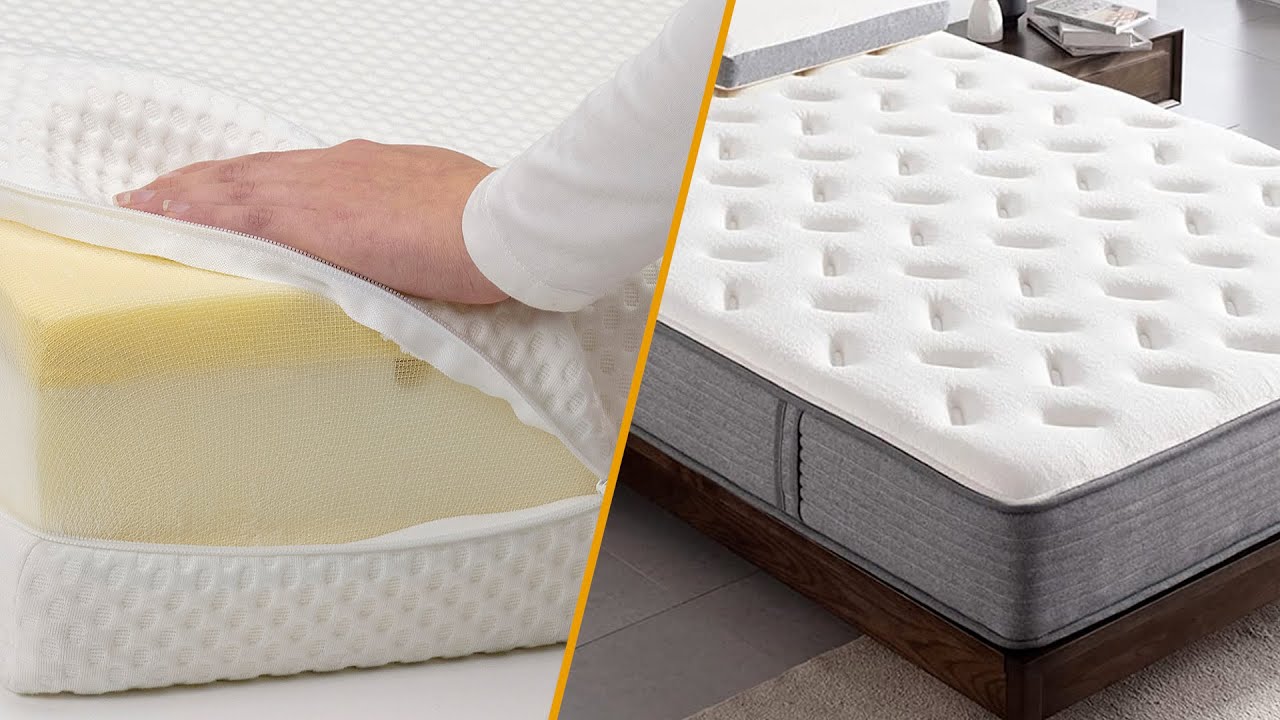

Bedroom Furniture
Which Mattress Is Better Memory Foam Or Spring
Modified: January 14, 2024
Discover the best mattress for your bedroom with our comparison of memory foam and spring mattresses. Find the perfect fit for your sleep needs. Explore now!
(Many of the links in this article redirect to a specific reviewed product. Your purchase of these products through affiliate links helps to generate commission for Storables.com, at no extra cost. Learn more)
Introduction
When it comes to choosing a mattress, the options seem endless. Among the myriad of choices, memory foam and spring mattresses stand out as popular contenders. Each type offers unique benefits, catering to different sleep preferences and needs. Understanding the characteristics and features of these mattresses is crucial for making an informed decision. In this comprehensive guide, we will delve into the world of memory foam and spring mattresses, exploring their individual traits and providing valuable insights to help you determine which option best suits your requirements.
Choosing the right mattress is essential for achieving restful sleep and maintaining overall well-being. With an array of factors to consider, such as support, comfort, durability, and motion isolation, the decision-making process can seem daunting. However, by gaining a deeper understanding of memory foam and spring mattresses, you can confidently navigate through the sea of options and make a choice that aligns with your specific needs and preferences.
Join us on this journey as we unravel the intricacies of memory foam and spring mattresses, uncovering their distinct features, benefits, and potential drawbacks. By the end of this exploration, you will be equipped with the knowledge needed to make an informed and empowered decision when it comes to selecting the ideal mattress for your bedroom.
Key Takeaways:
- Memory foam mattresses provide personalized support and minimize pressure points, ideal for those seeking uninterrupted sleep and relief from discomfort.
- Spring mattresses offer breathability and robust support, catering to traditional sleep preferences and providing a cost-effective sleep solution.
Read more: Which Is Better: Spring Or Foam Mattress
Memory Foam Mattress
Memory foam mattresses have garnered widespread acclaim for their exceptional ability to contour to the body, providing personalized support and comfort. This innovative material, originally developed by NASA for cushioning astronauts during space travel, has revolutionized the mattress industry with its unique properties.
One of the key advantages of memory foam mattresses is their ability to conform to the shape of the body, evenly distributing weight and alleviating pressure points. This feature makes them particularly beneficial for individuals with chronic pain or those seeking relief from discomfort during sleep. Additionally, memory foam mattresses are renowned for their motion isolation capabilities, minimizing disturbances caused by movement and promoting uninterrupted rest.
Furthermore, memory foam mattresses are available in various thickness levels, allowing consumers to select the degree of support and firmness that best suits their preferences. Whether you prefer a plush, sink-in feel or a firmer, more supportive surface, memory foam mattresses offer a range of options to accommodate diverse sleep styles.
Another notable attribute of memory foam mattresses is their resilience and durability. High-quality memory foam is designed to maintain its supportive properties over time, resisting sagging and ensuring long-term comfort. Additionally, many memory foam mattresses are hypoallergenic and resistant to dust mites, making them an appealing choice for individuals with allergies or respiratory sensitivities.
While memory foam mattresses offer a plethora of benefits, it’s important to note that they may retain heat, potentially leading to a warmer sleeping experience. However, advancements in mattress technology have led to the development of cooling gel-infused memory foam, addressing this concern and enhancing overall temperature regulation.
Overall, memory foam mattresses excel in providing tailored support, pressure relief, and motion isolation, making them an excellent choice for individuals seeking personalized comfort and uninterrupted sleep.
Spring Mattress
Spring mattresses, also known as innerspring mattresses, have long been a staple in the world of bedding, offering a traditional yet enduring approach to sleep comfort. These mattresses feature a core support system comprised of steel coils or springs, providing a responsive and buoyant surface for restful slumber.
One of the primary advantages of spring mattresses lies in their exceptional breathability and temperature regulation. The open structure of the coil system allows for ample airflow, effectively dissipating body heat and maintaining a cool and refreshing sleep environment. This feature makes spring mattresses an appealing choice for individuals who tend to sleep hot or reside in warmer climates.
Furthermore, spring mattresses are celebrated for their robust support and firmness, catering to those who prefer a more traditional and resilient sleeping surface. The varying coil designs, including Bonnell, offset, and pocketed coils, offer distinct levels of support and motion isolation, allowing consumers to select a spring mattress that aligns with their specific comfort preferences.
In addition to their supportive nature, spring mattresses are characterized by their affordability and widespread availability. With a diverse range of options to choose from, including different coil gauges and coil counts, individuals can find a spring mattress that suits their budget without compromising on quality and comfort.
It’s important to note that while spring mattresses offer excellent support and breathability, they may be more prone to motion transfer compared to memory foam mattresses. This means that movement on one side of the bed can be felt on the other, potentially impacting sleep quality for couples or individuals sensitive to disturbances.
Overall, spring mattresses continue to be a popular choice for those seeking a resilient, breathable, and cost-effective sleep solution. Their time-tested design and ability to cater to a wide range of comfort preferences make them a versatile option in the ever-evolving landscape of bedding.
Comparison of Memory Foam and Spring Mattresses
When considering the choice between memory foam and spring mattresses, it’s essential to weigh the distinct characteristics and features of each type to determine which aligns best with your sleep needs and preferences.
Support and Comfort
Memory foam mattresses are renowned for their exceptional ability to contour to the body, providing personalized support and minimizing pressure points. The viscoelastic properties of memory foam allow it to adapt to the sleeper’s unique shape, offering a tailored and cradling sensation. In contrast, spring mattresses rely on a coil system to deliver support, offering a more buoyant and responsive feel. The choice between these two options often comes down to personal preference, with memory foam excelling in conforming to the body’s contours, while spring mattresses provide robust and traditional support.
Read more: Which Is Better Memory Foam Or Gel Foam
Motion Isolation
Memory foam mattresses are lauded for their superior motion isolation capabilities, effectively minimizing disturbances caused by movement. This feature is particularly beneficial for couples or individuals sharing a bed, as it promotes uninterrupted sleep by reducing the transfer of motion across the mattress surface. While spring mattresses also offer varying degrees of motion isolation based on their coil design, they may be more prone to motion transfer compared to memory foam mattresses.
Temperature Regulation
Memory foam mattresses have historically been associated with heat retention, potentially leading to a warmer sleeping experience. However, advancements in mattress technology have led to the development of cooling gel-infused memory foam, addressing this concern and enhancing overall temperature regulation. On the other hand, spring mattresses are revered for their excellent breathability, allowing for optimal airflow and heat dissipation, which can be particularly advantageous for individuals who tend to sleep hot.
Durability and Maintenance
Both memory foam and spring mattresses can offer long-term durability when constructed with high-quality materials. Memory foam mattresses are designed to resist sagging and maintain their supportive properties over time, while spring mattresses’ longevity is influenced by factors such as coil gauge and construction. Additionally, memory foam mattresses are often hypoallergenic and resistant to dust mites, making them an appealing choice for individuals with allergies or respiratory sensitivities.
Ultimately, the choice between memory foam and spring mattresses hinges on individual sleep preferences, comfort requirements, and specific considerations such as temperature regulation and motion isolation. By evaluating these factors, you can make an informed decision that aligns with your unique needs, ensuring restful and rejuvenating sleep.
Factors to Consider When Choosing Between Memory Foam and Spring Mattresses
When faced with the decision of selecting a mattress, whether it be memory foam or a spring mattress, several crucial factors should be taken into account to ensure that your choice aligns with your individual sleep preferences and requirements.
Sleeping Position and Support Needs
Understanding your preferred sleeping position and the level of support your body requires is paramount when choosing a mattress. Memory foam mattresses excel in contouring to the body’s shape, making them an excellent choice for individuals who seek pressure relief and personalized support. Conversely, if you prefer a more traditional and buoyant sleeping surface, a spring mattress may better cater to your support needs.
Read more: Which Is Better Memory Foam Or Gel Foam
Motion Isolation
For individuals who share a bed, the ability of a mattress to minimize motion transfer can significantly impact sleep quality. Memory foam mattresses are renowned for their superior motion isolation capabilities, ensuring that movements on one side of the bed do not disrupt the other sleeper. If motion isolation is a priority, particularly for light sleepers or couples, this factor should weigh heavily in the decision-making process.
Temperature Regulation
Consider your temperature preferences and tendencies when evaluating mattress options. Memory foam mattresses historically have been associated with heat retention, but advancements such as cooling gel-infused memory foam have addressed this concern. In contrast, spring mattresses offer excellent breathability, allowing for optimal airflow and heat dissipation, which can be advantageous for individuals who tend to sleep hot.
Durability and Maintenance
Assessing the long-term durability and maintenance requirements of a mattress is essential for making a sound investment. High-quality memory foam mattresses are designed to resist sagging and maintain their supportive properties over time, while spring mattresses’ longevity is influenced by factors such as coil gauge and construction. Additionally, consider factors such as hypoallergenic properties and resistance to dust mites, which may be particularly relevant for individuals with allergies or respiratory sensitivities.
Budget and Affordability
Understanding your budget and the affordability of various mattress options is a practical consideration. Spring mattresses often offer a cost-effective solution without compromising on quality, making them an appealing choice for budget-conscious consumers. Conversely, memory foam mattresses may come with a higher price tag, reflecting their advanced materials and tailored support features.
By carefully evaluating these factors and considering your unique sleep preferences, you can confidently select a mattress that aligns with your comfort needs, promoting restful and rejuvenating sleep.
Conclusion
Choosing the right mattress is a pivotal decision that directly impacts the quality of your sleep and overall well-being. The comparison between memory foam and spring mattresses reveals a diverse array of features and considerations, each catering to distinct sleep preferences and requirements. By delving into the unique characteristics of each type, individuals can make an informed choice that aligns with their specific needs, ensuring optimal comfort and support.
Memory foam mattresses offer unparalleled contouring capabilities, providing personalized support and pressure relief. Their superior motion isolation properties make them an ideal choice for individuals seeking uninterrupted sleep, particularly for couples sharing a bed. Advancements in cooling gel-infused memory foam have addressed concerns regarding heat retention, enhancing overall temperature regulation and comfort.
On the other hand, spring mattresses boast exceptional breathability and robust support, catering to those who prefer a traditional and resilient sleeping surface. Their cost-effective nature and widespread availability make them an accessible option for individuals seeking durable and breathable sleep solutions.
When navigating the decision between memory foam and spring mattresses, crucial factors such as sleeping position, support needs, motion isolation, temperature regulation, durability, maintenance, and budget should be carefully considered. By evaluating these factors in conjunction with individual sleep preferences, individuals can confidently select a mattress that promotes restful and rejuvenating sleep.
Ultimately, the ideal mattress choice is one that aligns with your unique comfort requirements, facilitating a restorative and restful sleep experience. Whether you prioritize personalized support and pressure relief offered by memory foam or the robust support and breathability of spring mattresses, understanding the distinct features and benefits of each type empowers you to make a decision that enhances your overall sleep quality and well-being.
With a wealth of options available, the journey to finding the perfect mattress is an exciting exploration of comfort, support, and personalized sleep experiences. Armed with the knowledge gained from this guide, you are well-equipped to embark on this journey and make a choice that transforms your sleep sanctuary into a haven of tranquility and rejuvenation.
Frequently Asked Questions about Which Mattress Is Better Memory Foam Or Spring
Was this page helpful?
At Storables.com, we guarantee accurate and reliable information. Our content, validated by Expert Board Contributors, is crafted following stringent Editorial Policies. We're committed to providing you with well-researched, expert-backed insights for all your informational needs.
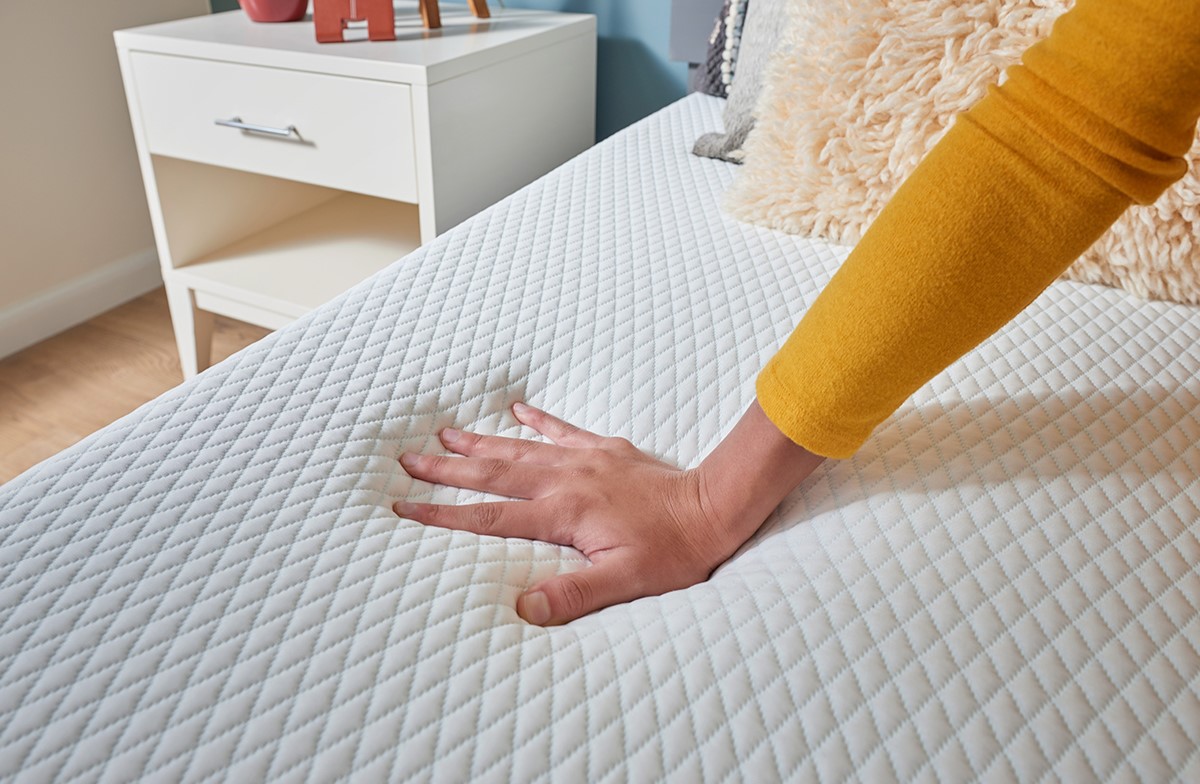
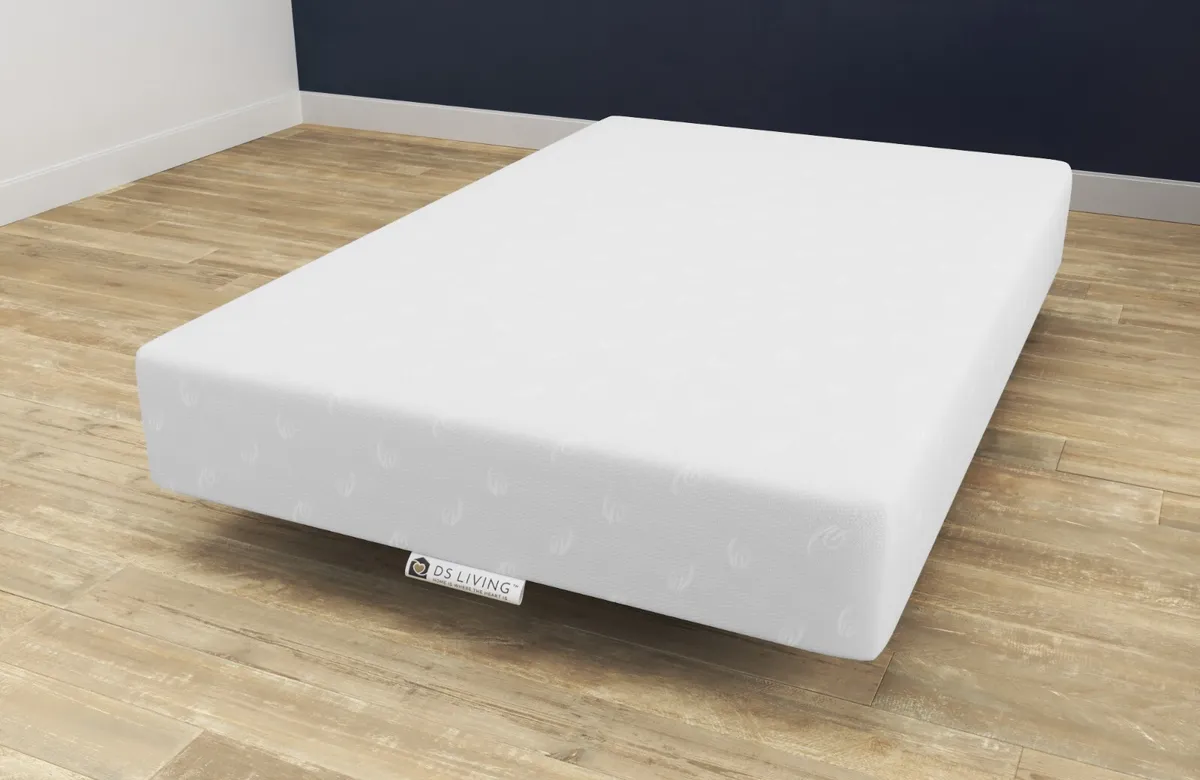
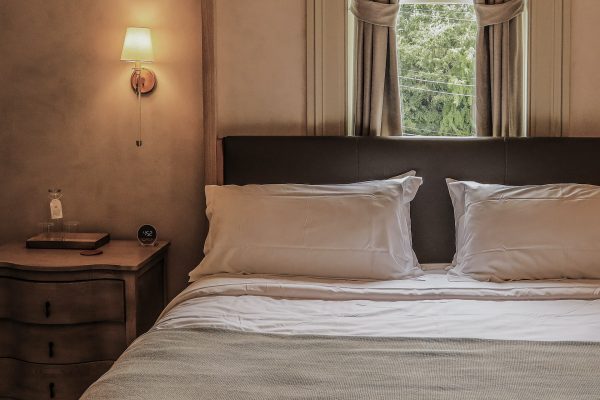
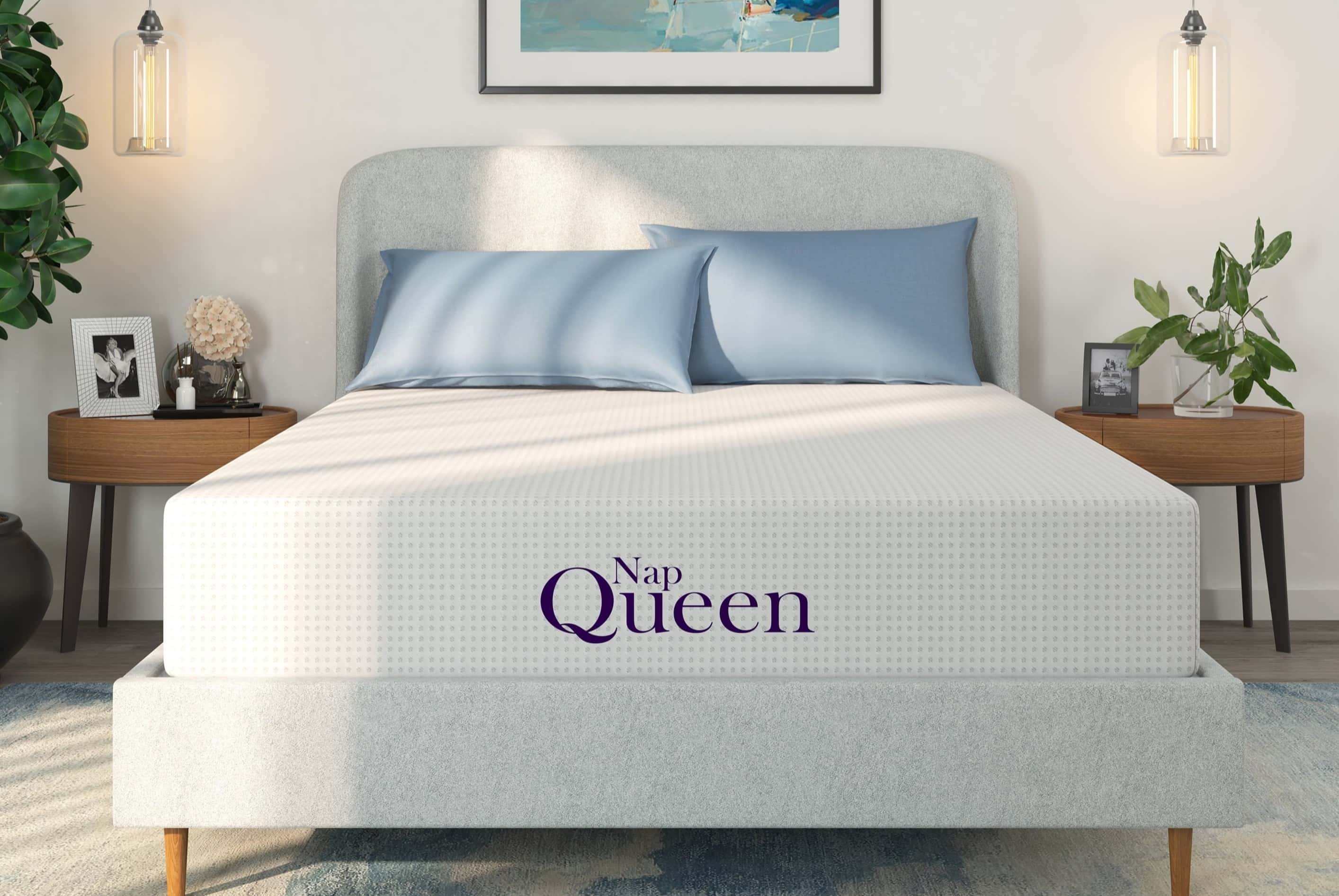
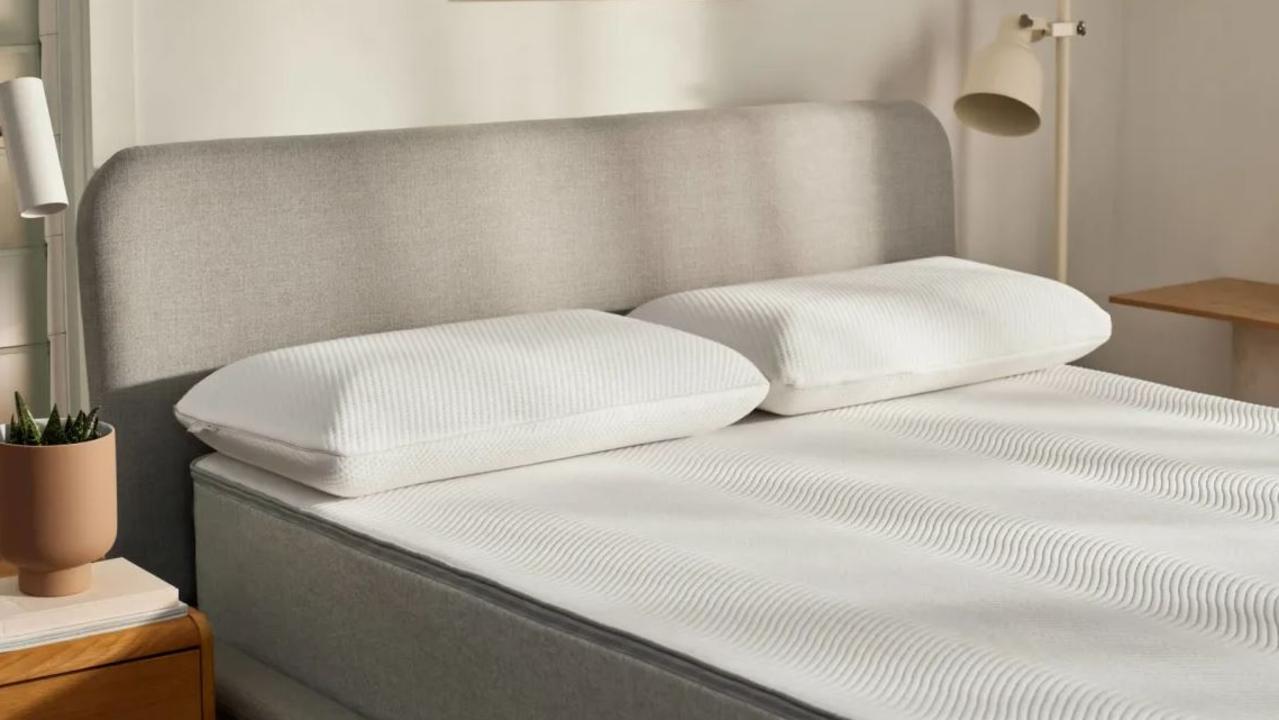
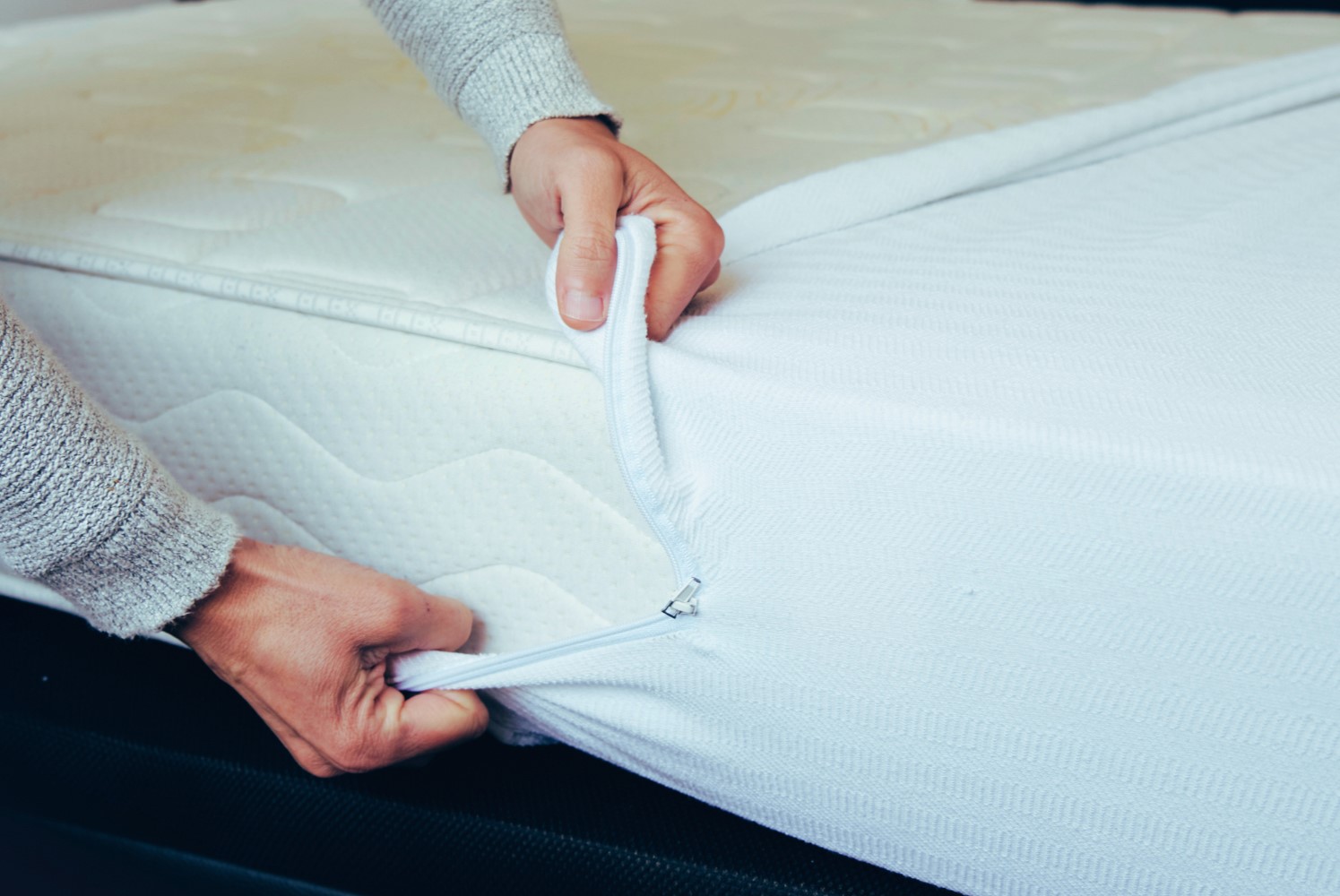
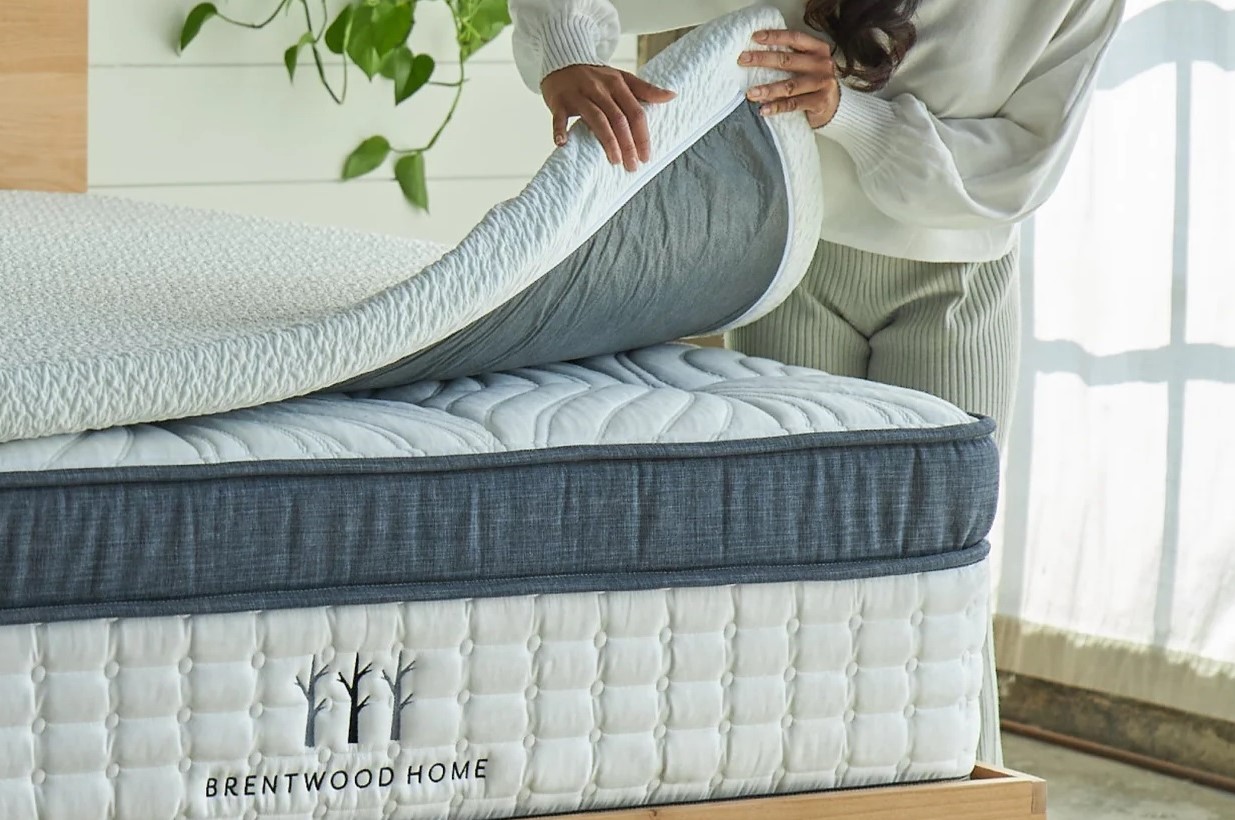
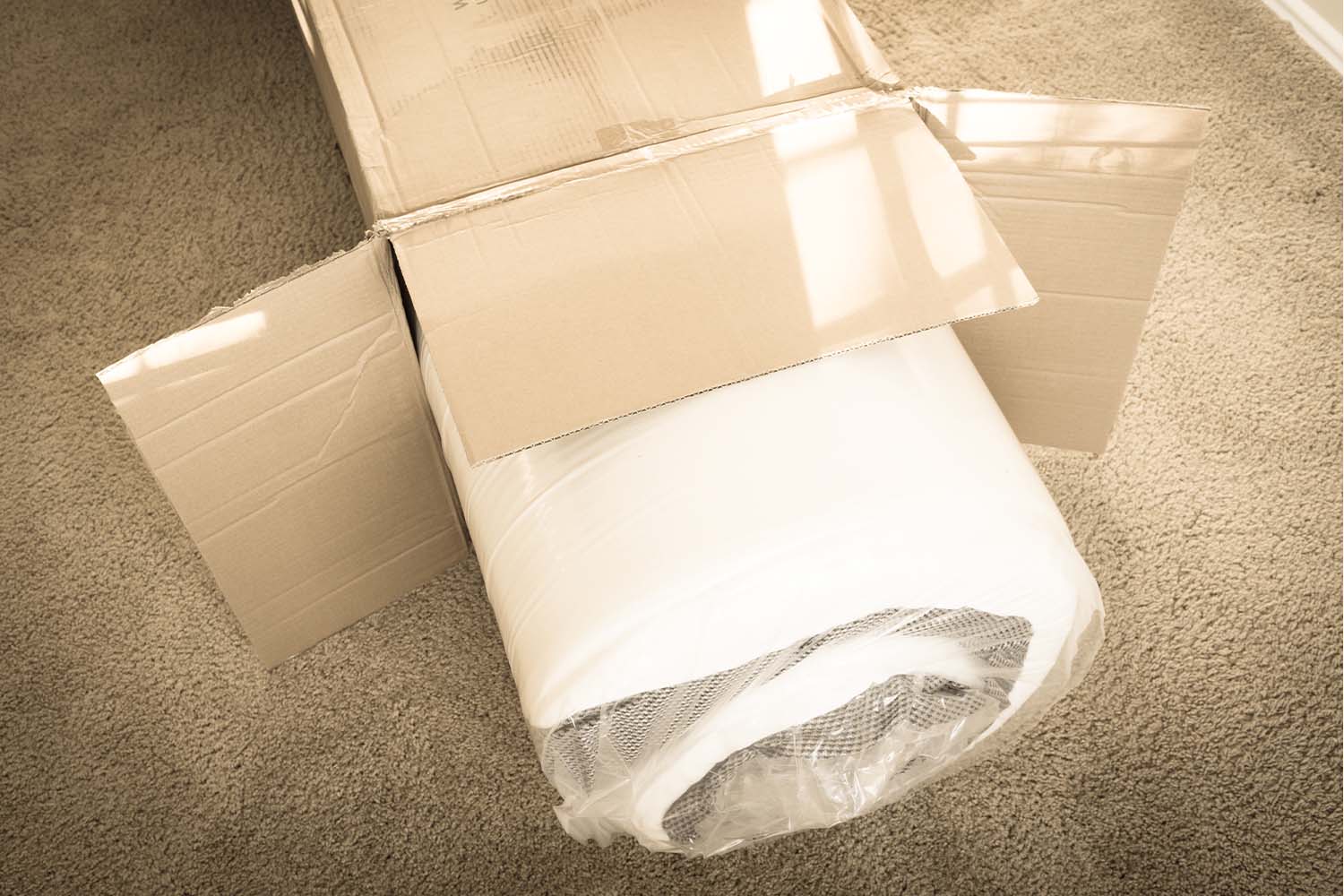
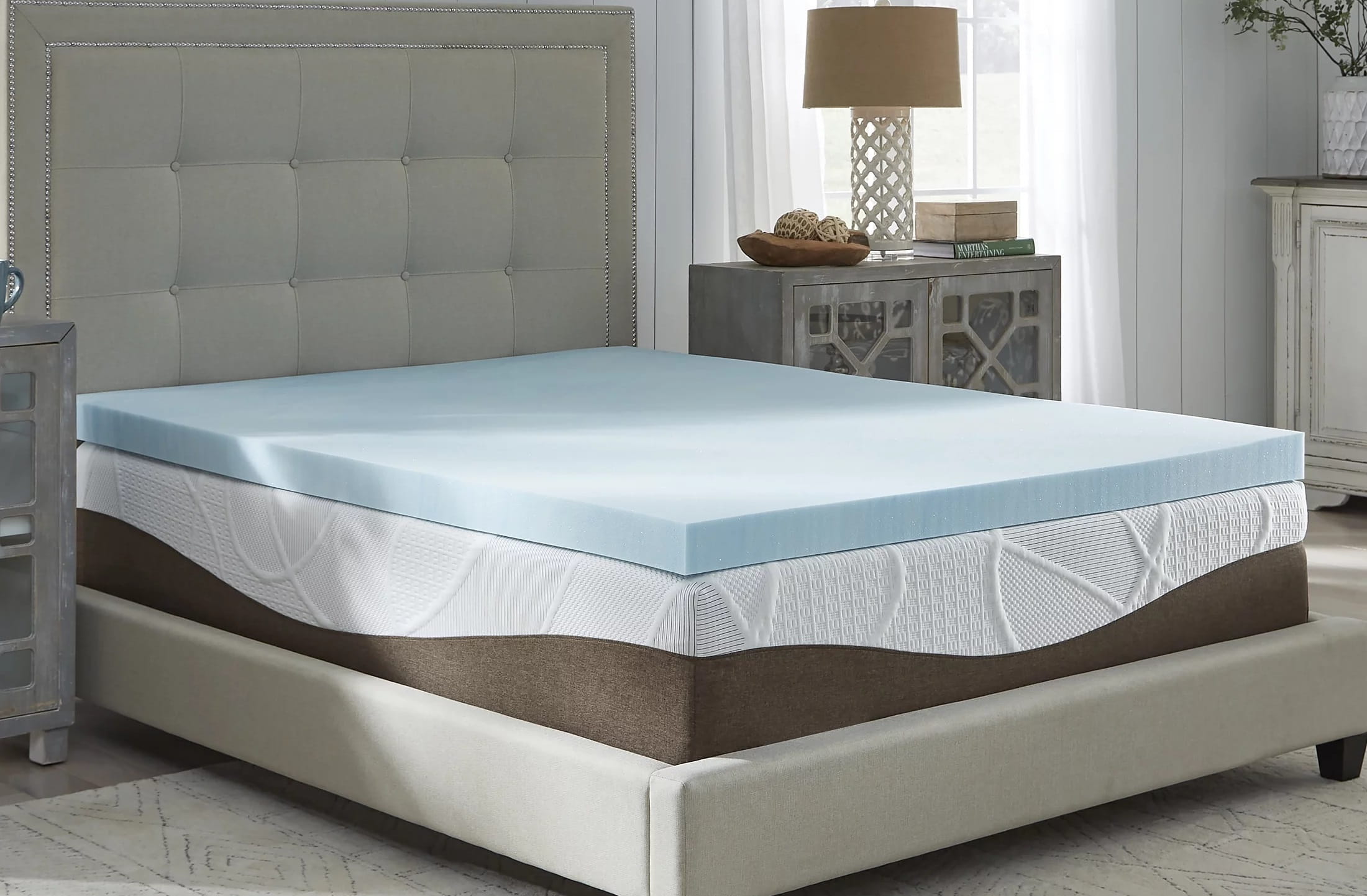
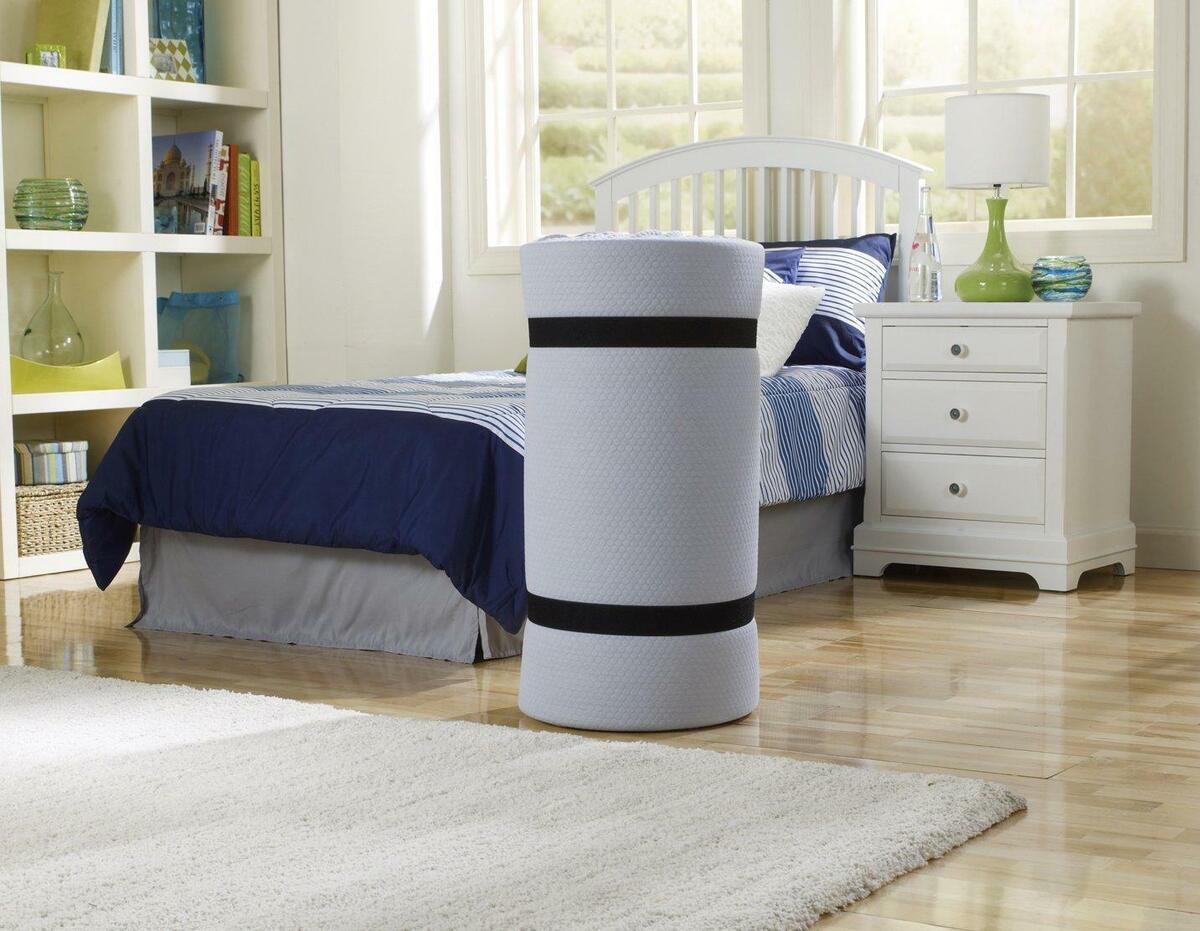
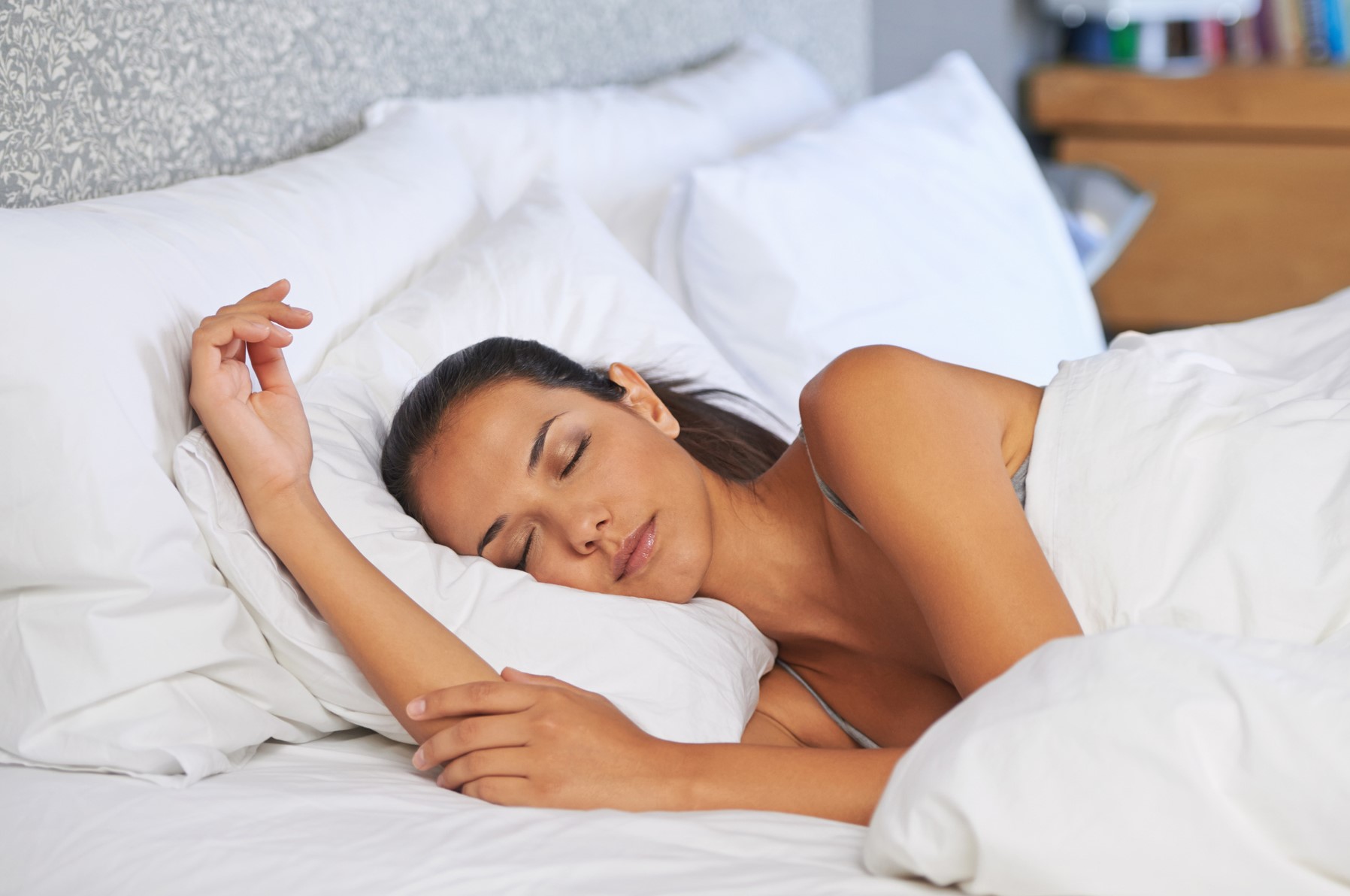
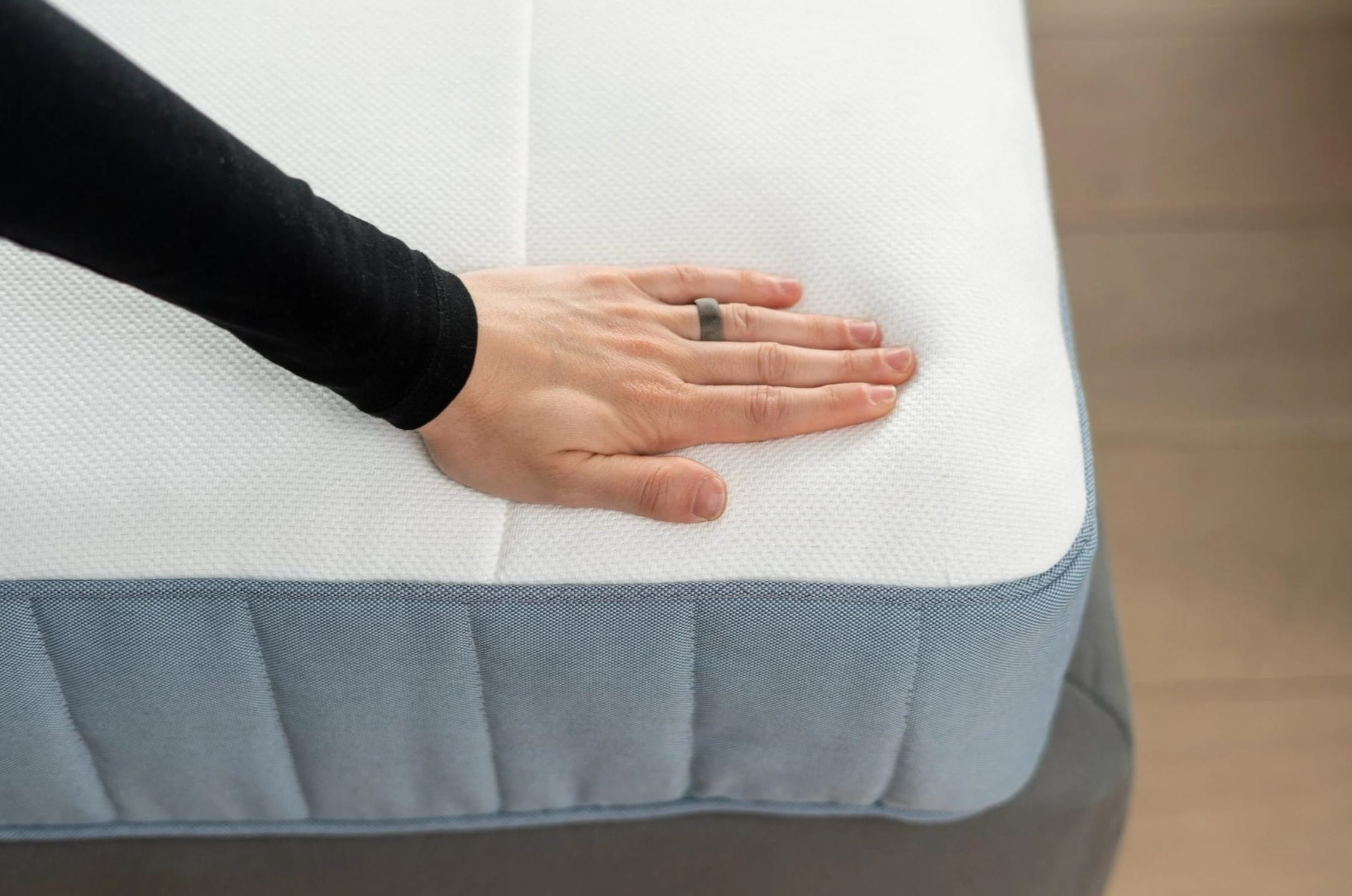

0 thoughts on “Which Mattress Is Better Memory Foam Or Spring”